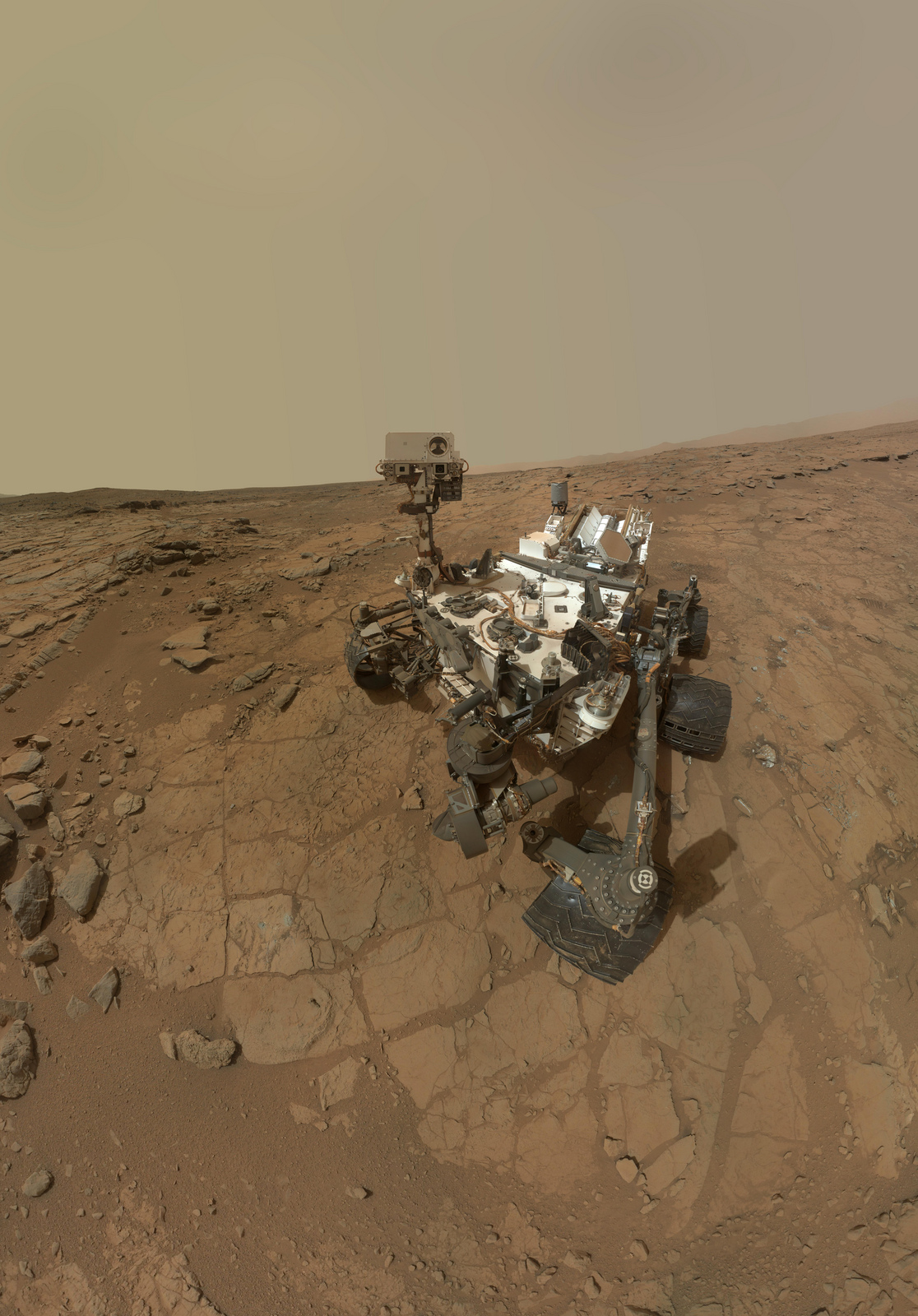
NASA's Mars rover Curiosity is on the road to recovery from last week's computer glitch and could be back in action as early as this weekend, mission officials say.
Curiosity went into a protective, minimal-activity "safe mode" last Thursday (Feb. 28) when its handlers swapped the rover over to its backup computer. They made this switch after noticing a problem with the flash memory on Curiosity's primary "A-side" computer.
But the rover's respite may be short-lived. Curiosity came out of safe mode Saturday (March 2) and began using its high-gain antenna again a day later, so the 1-ton robot may soon resume its quest to determine if Mars has ever been able to support microbial life.
"We're out of safe mode and are back with an operable high-gain antenna, which is one of the big steps in the recovery," said Curiosity project manager Richard Cook, of NASA's Jet Propulsion Laboratory in Pasadena, Calif. [Curiosity Rover's Latest Amazing Mars Photos]
Cook cautioned, however, that much work remains to be done. Engineers are still configuring the rover's backup "B-side" computer for surface operations, an activity that should take another few days.
And the Curiosity team still isn't sure what caused the A-side glitch in the first place. They hope to turn the A-side computer on again Wednesday (March 6) or so to take a look, Cook said.
"We really can't tell [the cause of the problem] without turning it on and trying to read the memory locations that look like they were corrupted," Cook told SPACE.com.
Get the world’s most fascinating discoveries delivered straight to your inbox.
One possible cause is an impact by a high-energy charged particle called a cosmic ray. Curiosity's gear is radiation-tolerant, but that doesn't mean it's impervious to all such damage.
"We certainly have seen similar types of behavior in other pieces of memory on other missions as well as MSL," Cook said, referencing the official name of the Curiosity rover's $2.5 billion mission, the Mars Science Laboratory.
Cosmic-ray damage is usually transient, he added, so the problem on the A-side may disappear when the computer is cycled back on. Even if the glitch is more permanent, the rover team can probably still "map around it" and bring the A-side back up, giving Curiosity two functional computer systems once again.
"The prospects are very good," Cook said.
If the memory problem on the A-side is not a serious one, Curiosity could resume science operations as soon as this weekend, or perhaps early next week, he added. If the issue is more substantial, the team will have to devise a workaround and reconnoiter after that.
Curiosity landed inside Mars' huge Gale Crater last August, kicking off a two-year surface mission to investigate the habitability of the area. It's already found many signs of past exposure to liquid water, including an ancient streambed. The car-size rover is the most complex and capable robotic explorer ever sent to another world, NASA officials say.
This story was provided by SPACE.com, sister site to Live Science. Follow Mike Wall @michaeldwall. Follow us @Spacedotcom, Facebook or Google+. This article was first published on SPACE.com.




